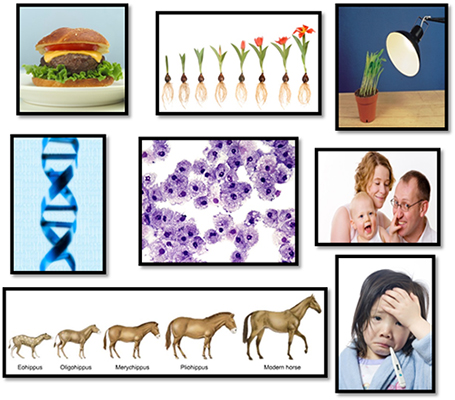
All living things require energy. Living things use energy to carry out activities, such as metabolism.
All living things grow and develop throughout their life cycle.
All living things respond to their environment. Living things respond to external stimuli, such as heat, light, sound, etc. Living things also respond to internal stimuli, such as blood sugar level.
All living things are based on a universal genetic code. The directions for inheritance are found in deoxyribonucleic acid or DNA.
All living things are made up of cells. Some organisms are single-celled, such as bacteria, while others are multi-celled, such as plants and animals.
All living things reproduce, either sexually or asexually. Asexual only involves one parent, and the offspring are genetically identical to the parent. Sexual reproduction involves two parents, and the offspring will have a combination of DNA from both parents.
As a group, all living things adapt to their environment and change over time as a species. All living things evolve.
All living things maintain homeostasis, a stable internal environment. Even though external environmental conditions may vary widely, most organisms must keep internal conditions, such as body temperature, fairly constant.